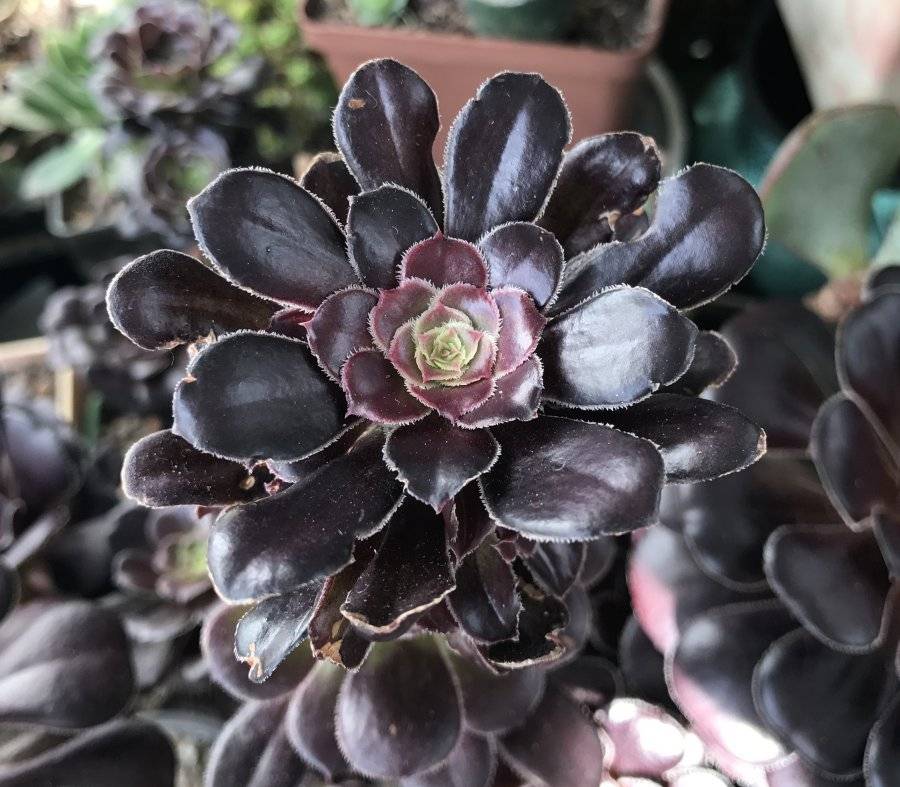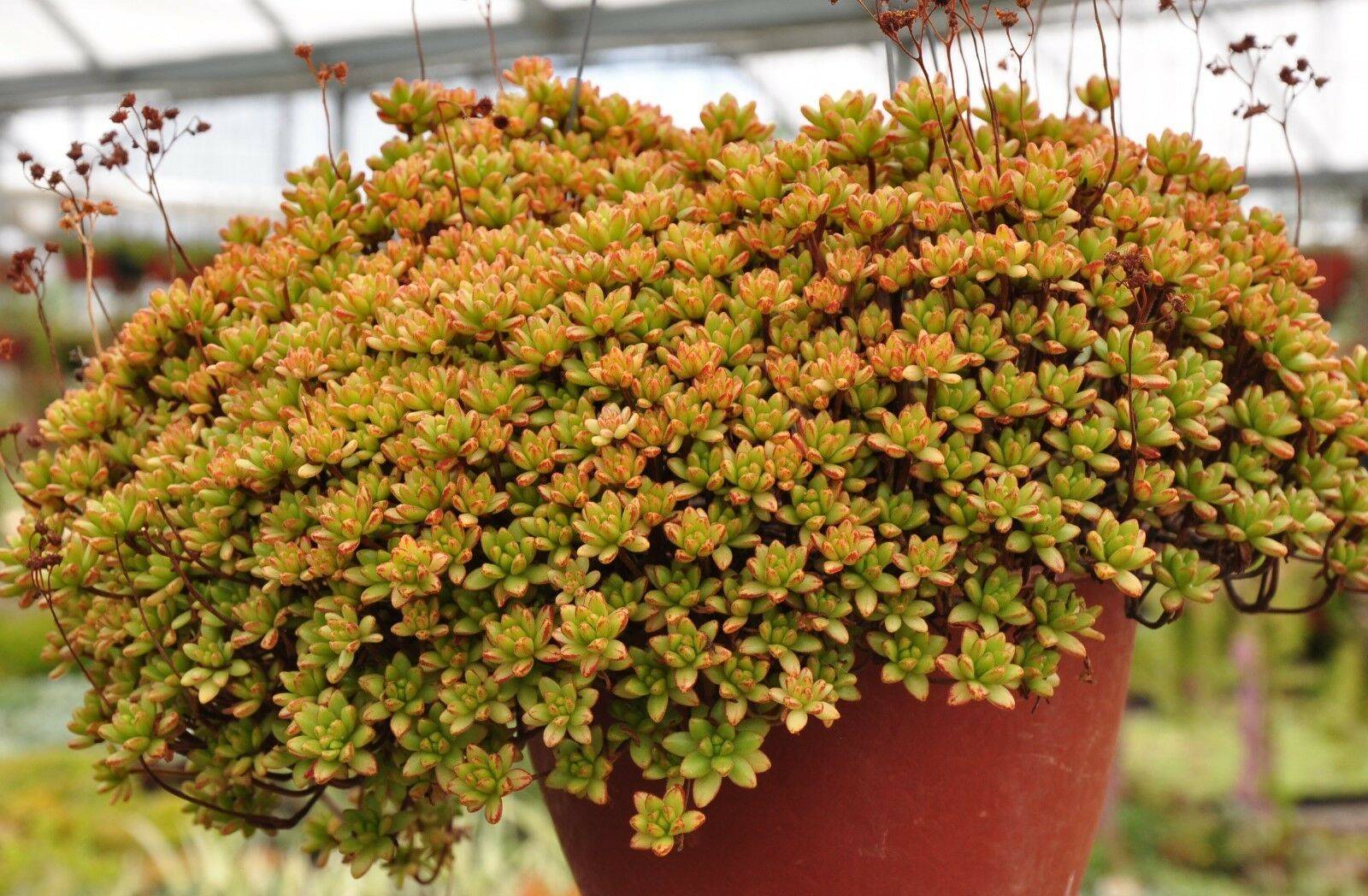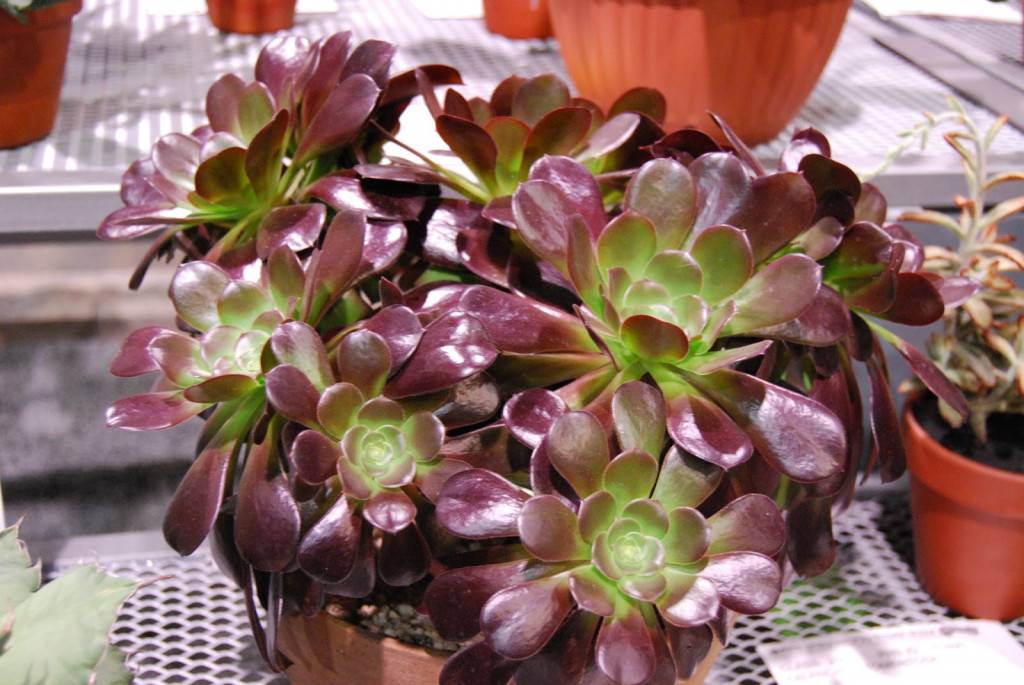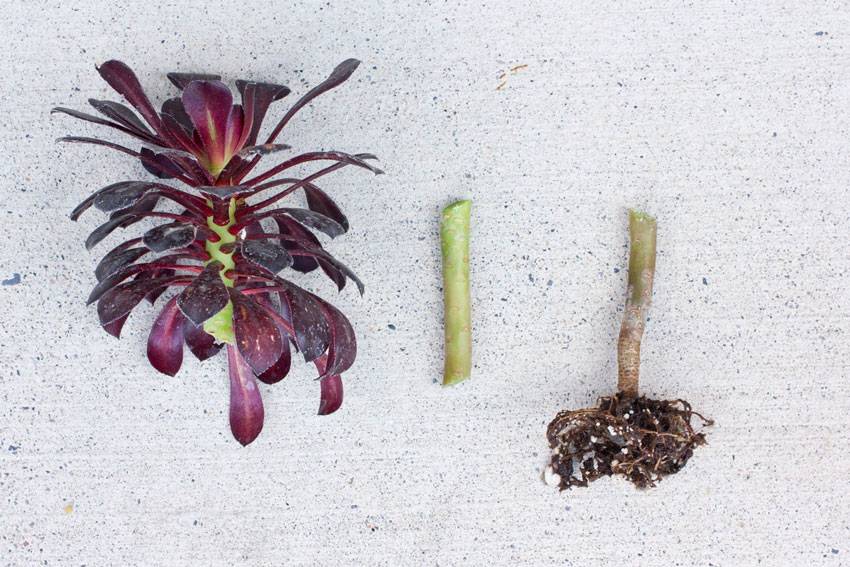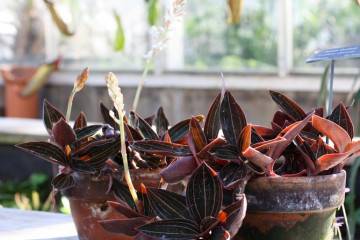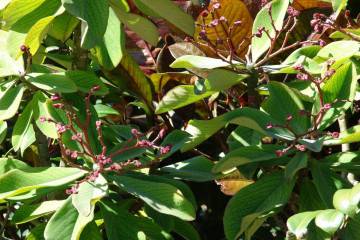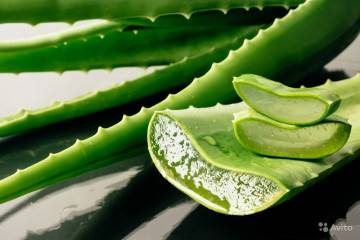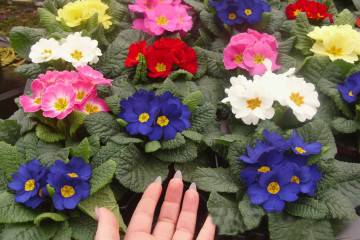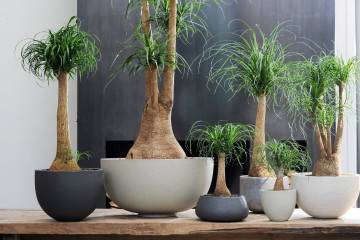Eonium: home care and the main types of the family
Content:
The aeonium flower belongs to the Tolstyankov family; in the wild, the plant grows in Madeira and the Canary Islands. The flowering period of such a culture is approximately 4 weeks or 1 month. During flowering, a large number of small-sized flowers are formed, which are painted in white, yellow, purple or pink.
The main types of aeonium
The plant belongs to the category of ornamental crops grown in the house and / or personal plot, there is practically no need to care for them. They have large leaves and miniature buds.
The plant has more than 80 varieties. Some of them are worth familiarizing yourself with in more detail:
- succulent Eonium is a miniature tree, the height of which does not exceed 30 cm. It is dotted with dark green spatulate leaves;
- tree-like. Caring for aeonium treelike at home does not have any fundamental differences from that of relatives in the family. The flower has a slightly branched stem, spatulate leaves of green color;
- aeonium black is a perennial plant with a short stem, the trunk is covered with foliage of dark green color with a gray tint. The rosette diameter can be up to 80 cm;
- Aeonium Mardi Gras is unusual in that its rosettes form a pattern. Does not like heat, in such conditions it can disappear within a few days;
- Lindley's aeonium visually represents a real tree, from which a large number of stems are strewn with dark green leaves;
- Aeonium Sunburst has a large rosette and a fleshy massive trunk. Leaves are formed in large sizes, up to 10 cm in length, their color is bluish;
- Aeonium Haworth is a succulent branched variety, it can reach a height of 30 cm. The leaves are dense, fleshy, have a gray-green color.
Eonium Nigrum
Nigrum is visually a shrub with fleshy shoots and lots of leaves. The leaves are dark purple in color, at first glance it may even seem that they are black. The height of the plant ranges from 0.2-1 m. This variety is very fond of a lot of light.
In winter, Nigrum needs special care: it should be placed under a lamp and watered moderately.
Eonium crested
The crested type of vegetation received this name due to its small-leaved form.
It develops and grows rather quickly. If all the rules of care are followed, the aeonium is quickly divided into separate components. The leaves are comb-shaped, the length ranges from 2-4 cm.
Eonium Sedifolium
Aeonium Sedifolium is the smallest species; according to folk signs, it is positioned as a symbol of love.
The height of the culture does not exceed 20 cm. The stems are thin, their length is about 15 cm. The color of the leaves is unusual - yellow-brown with red stripes. The inflorescences are formed in a bright yellow color.
Eonium Velor
This plant is highly decorative and at the same time unpretentious. We feel great in direct sunlight even in the hottest heat. Leaves are fleshy, capable of retaining moisture. The plant does not need to be watered frequently.
Eonium: home care
Eonium comes from warm countries, so good illumination is necessary for a comfortable life. This culture needs to be provided with bright lighting throughout the entire 12 months. At the end of autumn and in winter, it must be additionally illuminated with phytolamps, given that the duration of daylight hours should not exceed 10-12 hours.
As for the temperature regime, the culture actively grows in the cool. In the summertime, the optimal mode ranges from 16-22 ° C. If the room temperature is higher, then you need to provide good ventilation. During wintering, a comfortable temperature for him will be 8-12 ° С.
Grows actively in a mixture of sand, sod, leaf and clay soil in equal amounts. Purchased soil is used for planting and replanting. Drainage is provided at the bottom of the pot. You need to fertilize the plant at intervals of a month and only during the active growth phase. They use special complexes for cacti or succulents.
While the ornamental culture is young, it is transplanted at intervals of 12 months. The new capacity must always be larger in volume than the previous one. Adult specimens need to be transplanted only if the root system has ceased to fit in the containers.
Eonium breeding methods
Reproduction is carried out in two ways - vegetative and seed. When using seeds, they are sown on the surface of sandy-peat soil and covered with plastic wrap. To stimulate the germination process in the greenhouse, maintain a temperature of 20-22 ° C. The first shoots usually appear after 2-2.5 weeks. The grown seedlings are carefully separated from each other and transplanted into separate containers.
It is even easier to grow a crop from a stem or leaf cuttings. To do this, the leaves are separated from the stem or the top is completely cut off with a sharp knife at an angle. For rooting, the fragment must be dug in sandy-sheet or just sandy soil. The optimum depth of embedment of the seedling is no more than 3 cm, depending on the size of the planting material. At first, the soil should be regularly moistened. Even outside greenhouse conditions, the first roots are formed and shown quickly enough.
The eonium plant has not yet become widespread in Russian household plots, but this situation will soon change dramatically. This is due to unpretentious cultivation and excellent decorative properties. The advantage is that these flowers can be grown both outdoors and at home. The only drawback is rare flowering when grown indoors.
